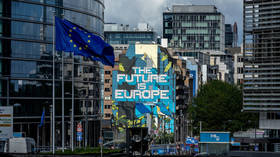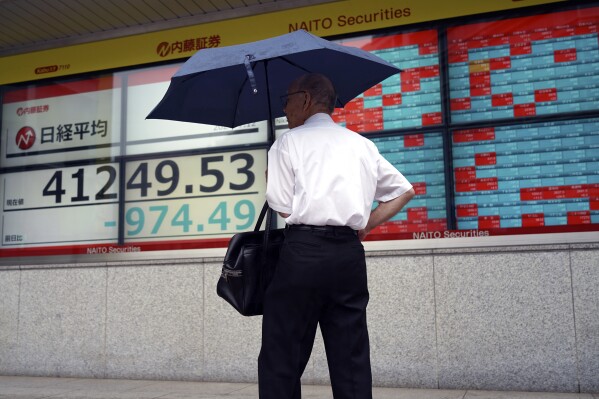Industry groups have warned Europe’s energy transition could be hampered if incoming rules on battery manufacturing do not allow firms to factor in long-term contracts for renewable electricity when calculating their carbon emissions.
The EU has been actively promoting domestic battery production amid growing geopolitical tensions and fears of undercutting by market leader China – with strict environmental criteria designed to favour greener, European manufacturers.
But draft rules on calculating indirect ‘scope 2’ emissions do count ‘power purchase agreements’ (PPA) for green electricity despite a growing number of firms using such contracts to reduce their carbon footprint, trade associations representing generators and major power consumers have written in an open letter dated 9 July.
The warning came ahead of a meeting where government delegates were due to discuss proposed small print to the EU Batteries Regulation setting out the criteria to calculate the life-cycle emissions associated with the production of electric vehicle batteries.
Instead, emissions related to electricity use would be based solely on the national average for the grid, discouraging firms operating in countries like Poland and Germany – heavily dependent on coal and gas, but also home to some of Europe’s largest battery production facilities – from buying green electricity.
“This is problematic given the importance of PPAs for Europe’s energy transition, in line with the recently adopted electricity market design reform, which emphasises the importance of PPAs as a corporate decarbonisation tool and route to market for new wind and solar power plants,” the industry bodies write.
The letter to EU policy makers was signed by electricity generators’ group Eurelectric, trade associations presenting the wind and solar power industries, and the European Chemical Industries Council, among others.
In a report published in May, the NGO umbrella group Transport & Environment estimated that even using Europe’s average grid-related emissions, domestically produced batteries would have a carbon footprint 37% less than that of Chinese imports. Using renewable power alone, the figure rises to 62%.
Amazon, not one of the firms behind the letter, announced yesterday (10 July) that it had matched all the electricity it consumes worldwide, including in its data centres, with renewable power – well ahead of the 2030 deadline it set itself five years ago.
“Amazon has made it possible for hundreds of new solar and wind projects to be constructed, bringing new sources of clean energy to grids and communities around the world,” said Kyle Harrison, a sustainability specialist at Bloomberg New Energy Finance.
While the proposed EU rules are specific to battery production, Eurelectric policy advisor Aida Garcia told Euroenews the legislation could serve as an “important precedent” for the reporting of scope 2 emissions under a swathe of other EU legislation, from the Corporate Sustainability Reporting Directive to rules on ‘green’ hydrogen.
“Excluding this possibility would undermine Europe’s investments in renewables,” Garcia said.
Electricity sold as ‘green’ is authenticated by tradable certificates issued to operators of wind farms or other renewable power facilities for every megawatt hour they produce. The idea is that electricity sold as green must be backed by renewable power generated somewhere in Europe, even if there is no direct physical link between producer and end user.
The proposed rules are set out in a draft European Commission delegated regulation, on which the EU executive must consult with a panel of national experts. Once adopted, it is subject to approval by the European Parliament and EU Council.
Disclaimer: The copyright of this article belongs to the original author. Reposting this article is solely for the purpose of information dissemination and does not constitute any investment advice. If there is any infringement, please contact us immediately. We will make corrections or deletions as necessary. Thank you.



